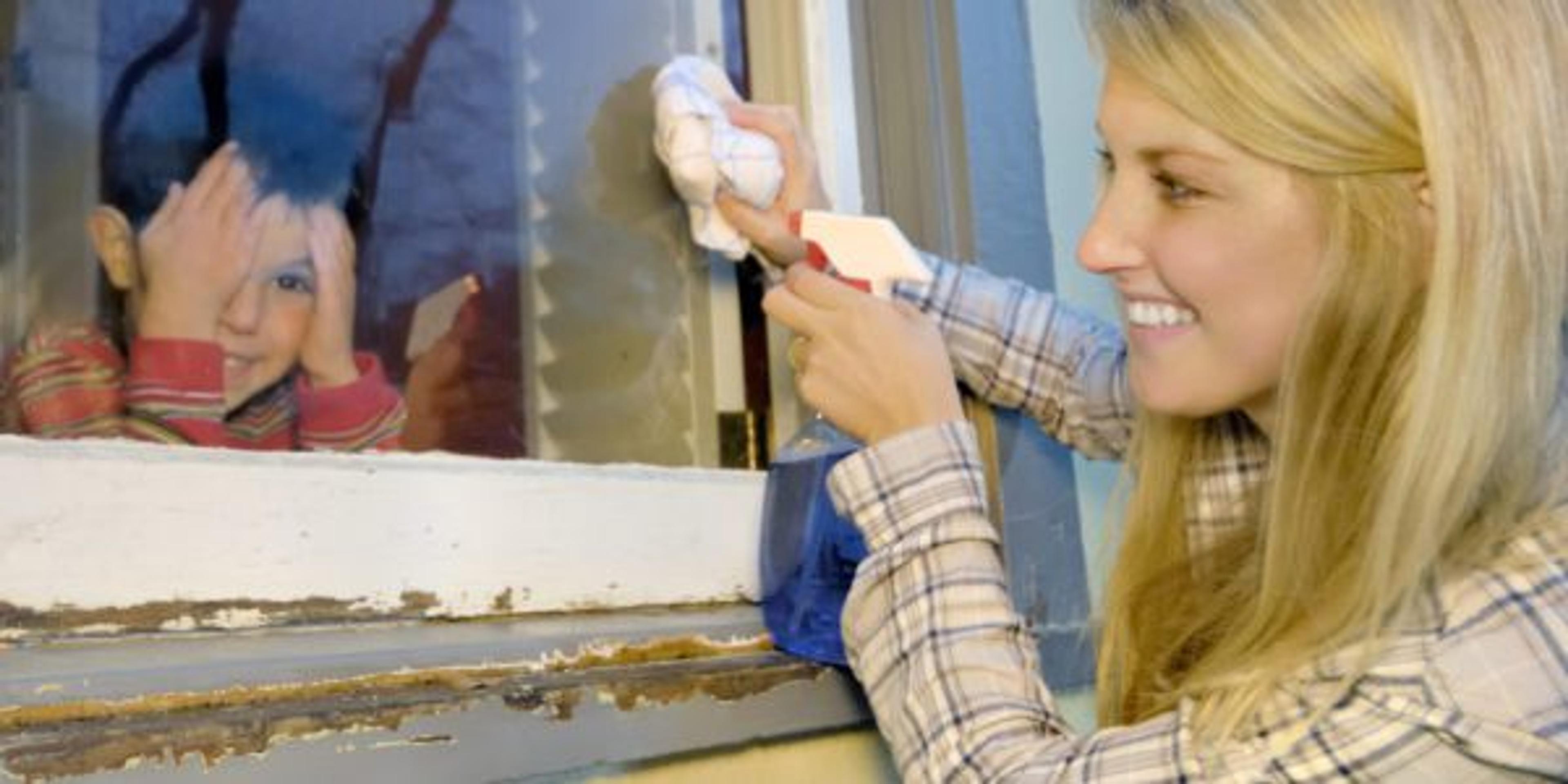How to Clean a Home If You Are Worried about Lead Paint, Dust or Chips
Shandra Martinez
| 3 min read

Old houses can be charming places full of vintage woodwork, built-in cabinets and the kind of classic architecture that makes them a big draw to homebuyers. But homes built and renovated before 1978 can also have something dangerous lurking inside, especially where children are concerned: toxic lead.
In 1978, the U.S. government banned the use of lead-based paint in homes because of the serious, long-term health problems this metal can cause. But paint isn’t the only place this lead danger can exist in older homes, according to health officials from the state of Michigan. Anything with these paints or finishes could contain lead if it was manufactured before 1978: primer, stain, glaze, lacquer, enamel and varnish.
“Lead-based paint is a problem when it is peeling, cracking or chipping,” according to the state’s Mi Lead Safe program. “Lead-based paint is also a problem when it is painted on something that moves or rubs against something else, creating lead-based paint dust. This risk is greatest with windows and doors that have been painted with lead-based paint.”
Why are lead chips and dust so dangerous? High levels of lead are linked to serious health problems in children, including damage to the brain, kidneys and nervous system. Children exposed to lead can also have lower IQs and become anemic. In 2020, 14% of Michigan children under the age of 6 were tested for lead. Of those, more than 2,300 kids had elevated levels of lead in their blood, according to the state.
Adults exposed to high levels of lead may develop weak or sore muscles, kidney problems, and have difficulty conceiving.
The only way to find out if you have been exposed to lead, or are at risk of lead exposure, is a simple blood test. Your healthcare provider can explain how the tests are done.
How to clean when you may have lead paint or dust in your home. There are some special precautions you’ll want to take if you are cleaning an older home you believe might contain lead-based paint or paint dust. Here are the best steps to take:
- Wear rubber or disposable gloves, or wash hands thoroughly after you are done cleaning.
- Use throw-away supplies, including old towels, disposable wipes or paper towels.
- Only use HEPA vacuums around lead dust and paint chips. Regular vacuums will just spread the toxic dust in the air.
- Pick up any loose paint chips and throw them away in a plastic bag, then seal it and dump it in the trash.
- Wet and wipe each surface: “Always spray window sills with soap and water and wet-mop floors. Do not use a broom to sweep lead dust. Throw away wipes after cleaning each area.”
- Use a disposable mop or paper towels to wipe up the soapy area.
- Follow this cleaning routine at least weekly, or more frequently if you see paint chips or dust on window sills, near doors, or your kids’ play areas.
Related:
Photo credit: Getty Images





